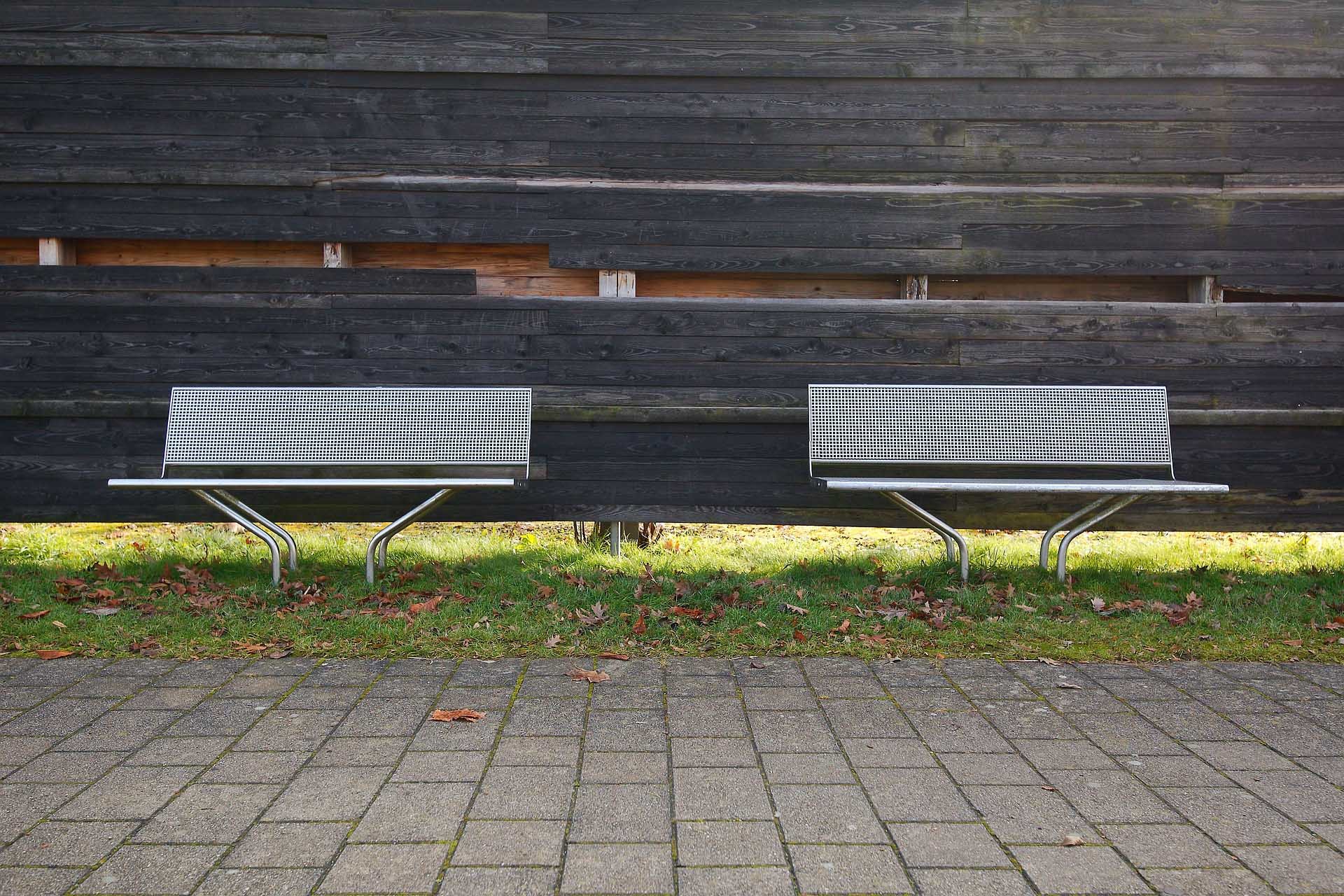Author | Eduardo BravoUrban furniture is a good parameter for discovering a city’s personality. The design, the materials used and the location of benches, bins, post boxes, bollards, bus stops or billboards are a reflection of the municipal policies with regard to citizens and the requirements of these.Urban design experts recommend that furniture designs for urban environments should comply with a series of requirements, and these tend to be established in the municipal regulations in the main cities worldwide. For example, materials used should be durable and be able to withstand harsh weather. They should also be easy to repair and maintain.Other factors that have very much been taken into account in recent years is that they should be made with sustainability criteria, they should integrate into the environment and the design should be ergonomic, so they are comfortable and pleasant for users.However, this type of furniture, which has remained the same without great changes for decades, has recently experienced substantial changes, as smart cities have developed. What used to be urban designs made with cement, pine and metal, which more or less fulfilled the aforementioned requirements, are now pieces designed using latest technologies. Designs that seek to enhance energy efficiency, facilitate internet access, prevent light pollution, acoustic pollution and promote accessibility for persons with functional diversity.In cities such as Madrid and Barcelona, bus stops now provide passengers with traffic information by means of display screens or voice announcements when blind persons press a button. In London they have gone one step further, with the installation of prototypes in which that acoustic information is activated automatically when a low-vision person’s phone enters into the field of action of the bus stop. Many of them are also equipped with interfaces to communicate incidents regarding the transport service and sockets to charge mobile devices.Charging telephones, tablets and even electric vehicles is another requirement that today’s cities have had to resolve through their furniture. In the town of Altafulla in Tarragona, for example, they have installed mobile charging totem poles powered by the energy generated by the water pressure from the municipal network. Furthermore, to make the charging procedure even more pleasant, users can check the internet or send messages thanks to a free WIFI connection offered by the town council via these same totem poles.This commitment to renewable energies, eco-transport and responsible electricity consumption is another characteristic of this new form of urban furniture. Some of these designs collect rainwater to be recycled and others use low-consumption LED lighting which are sometimes solar-powered. This renewable energy is, for example, used by parking meters in various Spanish cities or the Soofa stations.Operating since 2017 in cities in the United States and Canada, Soofa are a series of urban resting areas which, not only enable users to charge their mobiles and obtain information about the city, they also collect big data to discover the real requirements of citizens and to make the municipal services more efficient.The devices that collect data and share them with control centres to improve the services is perhaps the most significant breakthrough incorporated into the new urban furniture. The information that can be collected includes air quality or the presence of pollen in the air, which enables anti-pollution protocols to be activated and persons suffering from allergies can be informed of the risks of going outside. Furthermore, since these urban elements are connected to one another, these warnings can be communicated to citizens via interactive screens, which can be used as a municipal information channel as well as for advertising purposes.Apart from these specific interventions, the big data devices applied to urban furniture can lead to hugely significant improvements in cities in the short and medium-term. Installed in bins, they communicate when the recipient is full, which optimises waste collection processes. This means recipients are only emptied where and when it is necessary, avoiding unnecessary daily cleaning routes in areas in which it is not required and improving the quality of life of residents, who will not have to suffer the noise caused by rubbish collection trucks at night when not required.However, it is important to bear in mind that all these advances, particularly in terms of data collection, must be used with great care by the authorities and for the benefit of citizens. Particularly as it refers to urban furniture which, despite its innocent appearance, has been used as a repressive element more often than not, to prevent certain activities of the population or to prevent access to certain areas of the cities to people considered as undesirable by the authorities.An example of this is the work of Selena Savic and Gordan Savi?i?. For years, these architects have studied the use of urban furniture as a form of social control by governments. The result of this research is a book called Unpleasant design, which includes street designs expressly designed to be uncomfortable or to control citizens’ behaviour. For example, accessories design to prevent antisocial behaviour -such as urinating in unauthorised places-, uncomfortable benches designed so that people are unable to sit down and chat to one another and sharp ornamental elements placed on flat surfaces to prevent homeless people from sleeping on them.In short, attitudes or decisions that illustrate how the progress of smart cities in general and the urban furniture in these in particular, cannot ignore governing principles which, apart from efficiency, design, ergonomics and sustainability, must promote coexistence, not through coercion, rather through respecting fundamental rights, whether these refer to privacy or freedom of movement.Images | Maryse, Jotandreu, AndyLeungHK, Joenomias, Jezhug, Maika_37, WikimediaImages, Helena, Ippicture.

Habitat 67: a brutalist icon where suburban home meets urban apartment
Infrastructure & Building





















































